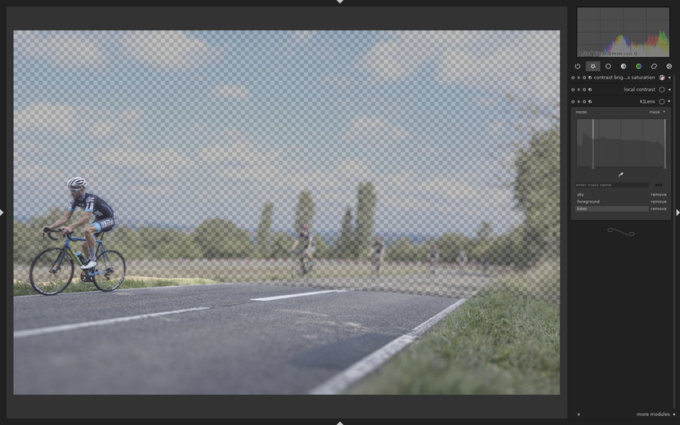K|Lens: Job Ad Reveals More Details About DSLR-Compatible Light Field Lens
K|Lens recently posted a residency position for a light field artist to test their developing DSLR-compatible light field lens. Instead of a microlens array, their special lens of the same name uses a system of internal mirrors (called “image multiplier”) to capture light fields.
The successful applicant will be able to test the light field lens prototype(s), and find new application cases for its use, for 6 months starting from January 1.
Unfortunately we only found out about this job posting after applications closed (28 Nov. 2018). However, the job advert also reveals some more details about the current status of development, with release of the final product scheduled before the end of next year:
- The K|Lens prototype is about 25 cm long and designed to work with any full-frame camera.
- Minimum supported pixel size is around 6.5 microns (20 megapixels on a full-frame sensor). Pixels of 4.6 microns (40 megapixels full-frame) are not supported by the lens glass at this point.
- Current effective resolution is around 11 % of the sensor resolution (around 2.2 megapixels on a 20 megapixel sensor), but the final target number is 50 % of sensor resolution with minimal image artefacts.
- Since the viewfinder / display will basically show the sensor’s unprocessed light field view, the company plans to “add external devices to the camera hot shoe to enable these functionalities”. It is unclear to us, whether this would simply be a little external camera/display module or something more sophisticated.
- Light field processing and editing is done entirely in Adobe Photoshop as a softare plugin.
- Software features will include software refocus and synthetic aperture (blur), image segmentation, layer based editing, perspective changes and the combination thereof. THis list is developing.
For more details about the residency, check out the full job advert below.
More details about K|Lens and it’s connected patent application are available in our previous article: K|Lens: Interchangeable Light Field Lens based on Mirrors (incl. Patent)
Description of the challenges faced by the Tech Project
The lens is circa 25 cm long. It works with any DSLR / Mirrorless full frame camera. Display and searcher may not work perfectly, but we can add external devices to the hot shoe of the camera to enable these functionalitites. The glass of the lens is not adjusted to 40mp pixel size, but we expect that 20mp can be fully shown. The software will either be fast and not perfect in the depth dimension or slow but higher quality. In video mode, it will definitely be slow. At the time of the project, the software may not in all lighting conditions allow for perfect results. Resolution may be as low as 1/9 of normal camera resolution. Artefacts should be expected. We will be working on the improvement of all such weaknesses. Our target is to reach 50% sensor resolution and no artefacts.Brief description of technology
We develop a lightfield lens, which we call K|Lens. It can be used with any standard DSLR camera. By a complex mirror system inside the lens, it enables the camera to record several perspectives of the scene simultaneously on the same sensor. By view interpolation and disparity estimation, these perspectives can be used to generate a lighfield and to provide depth information about the scene. Our software makes this additional information available in the post-processing. As functionalities, we are developeping setting of focus and blur in the postprocessing, image segmentation, layer based editing, perspective changes and the combination thereof. Many additional functions can be developed. The software is designed as photoshop plug-in. So both hardware and software are fully adapted to the photographic workflow.What the project is looking to gain from the collaboration and what kind of artist would be suitable
We want to find new application cases to our lightfield technology creating new markets or access to new customers. This includes experimentation in standard terms of photography, but also the opening up to new possibilitites, e.g. the setting of more than one focus plane, tilting focus planes, creative work on depth maps etc, use of non-traditional display methods such as holograms etc. We are looking for a technically versatile experimental photographer, 3D or lightfield artist with an open mind to computational photography and post production.Resources available to the artist
The artist will be placed in our office in the center of Saarbrücken. Our equipment including work place, photo studio, internet, cameras, lenses, software, PC and more equipment is fully available. Budget for travel for artistic production purposes can be made available upon discussion.
Hat tip to reader William Watling for the link!







The lens, and the post, look fascinating. Thanks for finding it